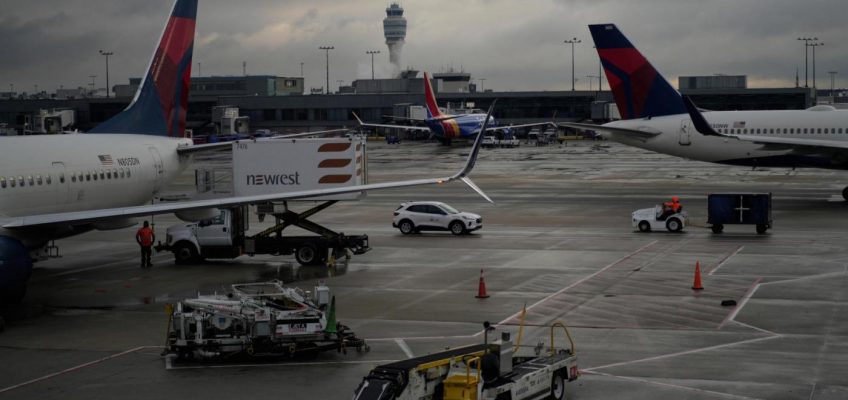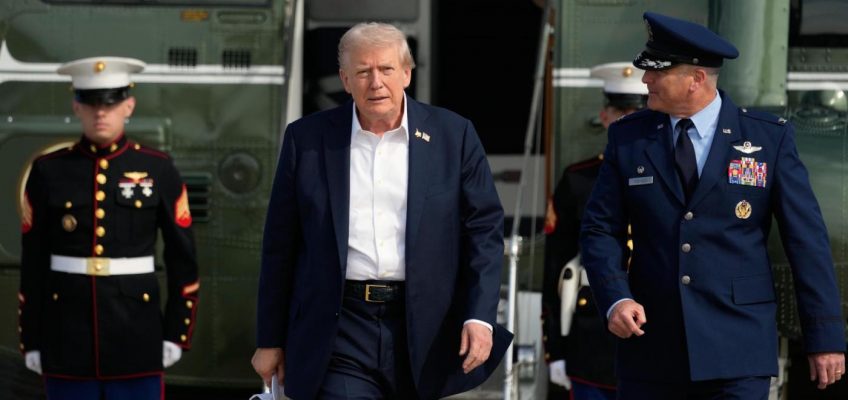At the recommendation of the state’s appointed mediator, Duluth-based Essentia Health has withdrawn from the facilitation process to assess the formation of a nonprofit “All-Minnesota Health System Solution” alliance with the University of Minnesota and Fairview Health Services.
The initial proposal for a new nonprofit health entity was made by the university and Essentia in January. The goal was to align resources across the systems for education, training and delivery of clinical care with up to $1 billion invested annually over five years.
Fairview Health Services also was invited to join the health system, but declined the merger in February, citing a desire to operate its hospitals and clinics independently. Fairview did not respond to a request for comment on this story.
In March, the Minnesota Attorney General’s Office assigned a facilitator, Lois Quam, a longtime executive and director in healthcare and nonprofits, to explore potential solutions for the future of academic medicine in the state. Essentia, the university and Fairview agreed to partake in the moderated discussion.
Talks continuing on medical school
In a statement this week Essentia officials noted that “broader conversations to support the university’s medical school” between it and the university are continuing despite its departure from talks with the Attorney General’s Office.
“Essentia Health is no longer part of the strategic facilitation process because the strategic facilitator determined Essentia no longer had a role in that process,” Essentia said in a brief statement. “That process is distinct from the broader conversations happening between the university and Essentia to support the university’s medical school — a critical resource for all Minnesotans — in preparing the current and future health care workforce.”
Last September, the U announced plans to expand its medical school program in Duluth from a two-year to a four-year program. The medical school’s Duluth campus partners with Aspirus St. Luke’s and Essentia. Both hospitals have offered locations for the proposed new medical school campus.
Meanwhile, the university and Fairview continue to be engaged in direct discussions facilitated by the attorney general. That process is distinct from the broader conversations between the university, Essentia and other partners on an academic health system.
“The University continues to be engaged in direct discussions with Fairview facilitated by the Attorney General,” university officials said in a statement. “That process is distinct from the broader conversations that are happening among the University, Essentia Health and other partners on an academic health system to meet the needs of all Minnesotans; both organizations remain open to and are actively exploring solutions to ensure a strong medical school to meet the state’s health care challenges.”
Agreement between U, Fairview expires 2026
Fairview owns health care facilities on the university’s metropolitan campus, including the teaching hospital for the university’s medical school. With an agreement between the university system and Fairview expiring in 2026, the university sought to buy back Fairview’s teaching hospitals.
However, the health system expressed surprise in learning about the new “all-Minnesota health system solution” proposal just prior to its announcement, claiming it veered from plans for a resolution on the purchase of academic assets.
Related Articles
As the Trump administration and states push health data sharing, familiar challenges surface
States are cutting Medicaid provider payments long before Trump cuts hit
Lice concerns rise as children return to school. Here’s what parents can do
St. Paul Regional Water Services opens $250M new McCarrons treatment plant
Wisconsin Planned Parenthood pauses abortions amid federal Medicaid funding cut
“Despite our good faith efforts, thus far we have not reached an agreement with Fairview that secures the long-term future of the medical school — one of the state’s most vital and essential assets,” university officials said. “As we have done in the past, the University will be exploring all options as part of a path forward that includes partnerships with healthcare providers in the Twin Cities and across Minnesota. The University remains committed to achieving a solution that includes a relationship with Fairview, but it will be different than the status quo.”
The university stated it remains committed to achieving a solution that includes a relationship with Fairview, and holds room for continued conversations with Essentia while inviting other providers to help with solutions to meet current and future health care challenges facing the state.
“Any solution must ensure the short- and long-term sustainability of the University of Minnesota Medical School,” the university’s statement read. “The University of Minnesota is resolute in its commitment to deliver on its public health mission of clinical care, medical education, research and service for patients and Minnesota.”
Fairview previously failed to persuade U officials to back a proposed merger with Sanford Health, based out of state in Sioux Falls, S.D., and the largest rural health care system in the nation. Sanford had proposed combining their 58 hospitals, but announced in July 2023 that the deal withered under pushback from key stakeholders and regulators, including the state Attorney General’s Office.
Imani Cruzen contributed to this story.




